More than 32 hectares of spring rice of the people of Dong Thanh village, Hop Ly commune (Trieu Son) were starting to ripen, the rice was heavy with grains, suddenly heavy rain poured down and submerged it in a sea of water, witnessing this scene, the farmers could only feel helpless and unable to save it.
Due to heavy rain on May 9 and 10, water from upstream flooded 37 hectares of rice fields in the village, of which 32 hectares in low-lying, deep-lying areas were completely flooded.
Video: Dozens of hectares of spring rice in Dong Thanh village are submerged in water.
In recent days, people in Dong Thanh village, Hop Ly commune have been struggling to find ways to "save the rice" but are powerless. Looking at the vast rice fields submerged in muddy water, farmer Le Viet Loi sadly said: "This year's spring rice crop, the prices of all input materials have increased, but suddenly the rice is deeply submerged in water when it is almost ready for harvest. The family has spent a lot of effort and money, so it would be a pity to abandon it, but waiting 4 to 5 days for the water to recede completely, even if the rice is harvested, it will be damaged, and it is not certain that the geese and chickens will eat it. After 4 months of care, it is time to harvest, but heavy rains have left people unable to react in time, this year's rice crop is considered a total loss."
As of the morning of May 14, the rice fields of Dong Thanh villagers were still submerged in water.
Standing and watching the rice fields of the villagers soaking in water and starting to be damaged, sprouting and rotting in the water, Mr. Le Viet Truong, head of Dong Thanh village, could not help but feel sad: Due to the heavy rain on May 9 and 10, water from upstream flooded 37 hectares of rice in the village, of which 32 hectares were in low-lying, deep-lying areas that were completely flooded. Most of the rice fields were still green, some plots were starting to ripen and the expected yield was 8 tons/ha. The cause was partly due to the rain and the Xuan Tho drainage pumping station pumping out the water along with the Le River being blocked so it could not flow fast enough. If it did not rain, the water would have receded in about a week, by which time the rice would have rotted in the water.
Occasionally a few patches of rice could be seen rising up.
By the morning of May 14, the rice fields of the people of Dong Thanh village were still deeply submerged in water. From afar, one could still see undulating patches of rice, half floating and half submerged in water. Many households had consolidated their fields and moved here to sow rice, so large areas of rice were damaged, such as the households of Mr. Tran Van Dinh with 10 sao; Pham Khac Nam with 8 sao; Nguyen Ngoc Minh with 14 sao... In particular, the household of Mr. Tran Van Tu, who bid for a low-lying field and sowed 10 hectares of rice, was also severely flooded.
Mr. Tran Nho Luan pointed to the rice fields that were deeply submerged in water.
Deep flooding makes people helpless to save the rice.
Most of the rice fields are still green, some fields are starting to ripen and are ready for harvest.
According to the people of Dong Thanh village, the 2023 spring crop was propagated, mobilized and required by the village cadres and commune agricultural extension officers to sow and plant according to the crop schedule as set out in the spring crop production plan. Therefore, the villagers sowed and planted according to the early spring crop schedule on December 20, half a month later than every year. If the weather is favorable and the crop is good, the village's rice fields will begin to be harvested at this time. Now looking at the vast fields of water, not seeing any rice, everyone is in tears because the rice harvested is only for livestock farming. Also according to the people of Dong Thanh village, the rice fields are located in low-lying areas, facing the risk of flooding every year, so they cannot follow the general crop calendar. According to Mr. Tran Nho Luan, the experience of the villagers is often to plant earlier than the agricultural sector's crop schedule to harvest early before the beginning of the rainy season. Normally, households sow crops from the beginning of December (ie December of the lunar calendar), and wait until mid-April of the following year to harvest, avoiding early floods that cause damage. This is a method that has been practiced by many generations of people and has become an experience. Low-lying areas with fields that are difficult to drain, if following the general agricultural calendar of the whole province, it is also not reasonable.
Because of being soaked in water for the past 5 days, the rice has started to become waterlogged.
According to Mr. Le Viet Truong, head of Dong Thanh village, if it doesn't rain, it will take about a week for the water to recede, by which time the rice will have rotted in the water, and the risk of losing the entire spring rice crop is very high.
Currently, Hop Ly Commune People's Committee is reviewing and counting the area and extent of damage, instructing people to harvest the undamaged rice fields, and reporting to the District People's Committee to find solutions to the difficulties of the affected people. Mr. Pham Dinh Nam, Chairman of Hop Ly Commune People's Committee, said: The rice fields of Dong Thanh village are located in low-lying areas. When there is heavy rain, water from the communes of Nhu Thanh district and neighboring communes flows in, so every year there is flooding. To overcome flooding here, the only way is to build a dike of more than 10 km from Tho Tien and Tho Son communes to Hop Ly commune and a pumping station to drain this area when the flood comes. Mr. Nam also hopes that the agricultural sector will soon research and guide communes with areas that are frequently flooded to change the crop structure, and push the planting schedule earlier than the mass planting schedule to avoid floods causing flooding for crops.
Economic Reporter Group
Source


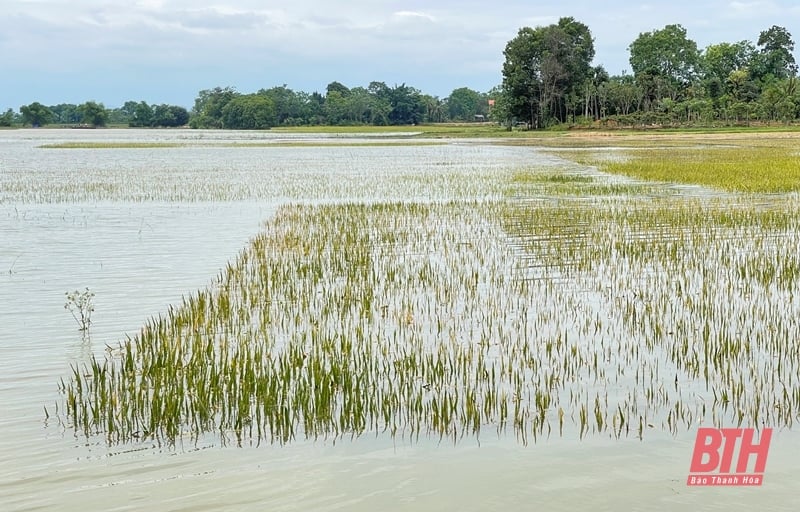
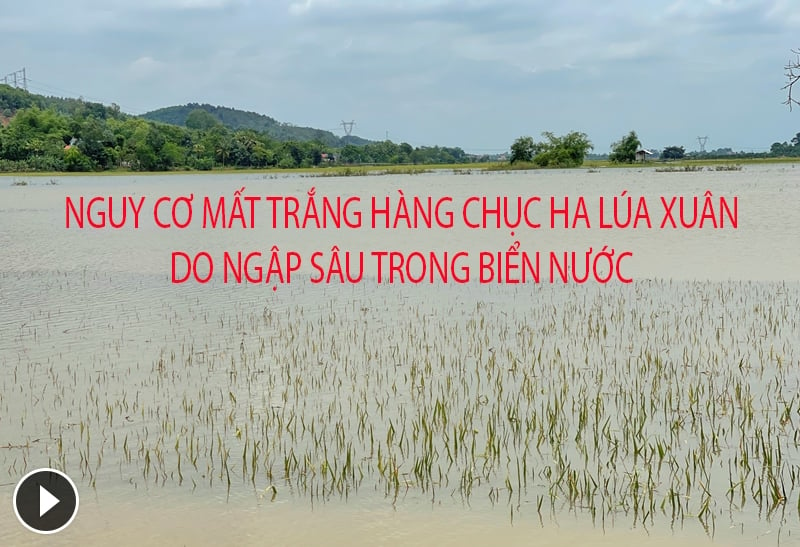
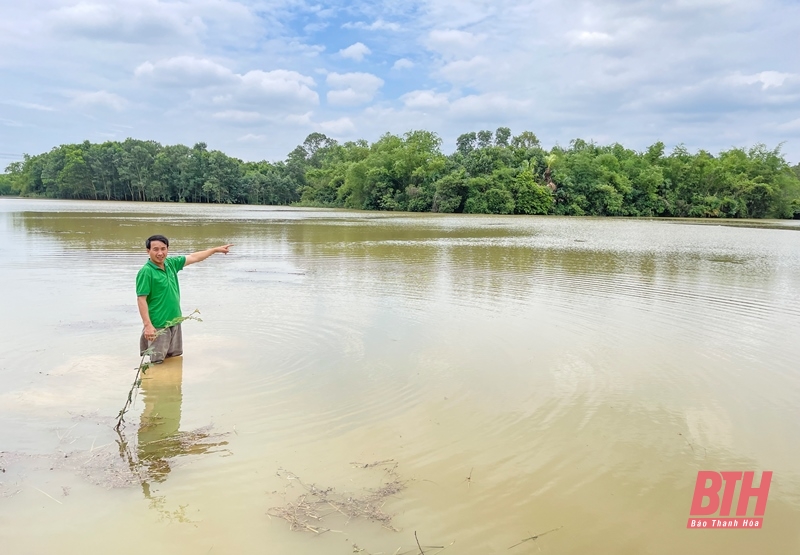
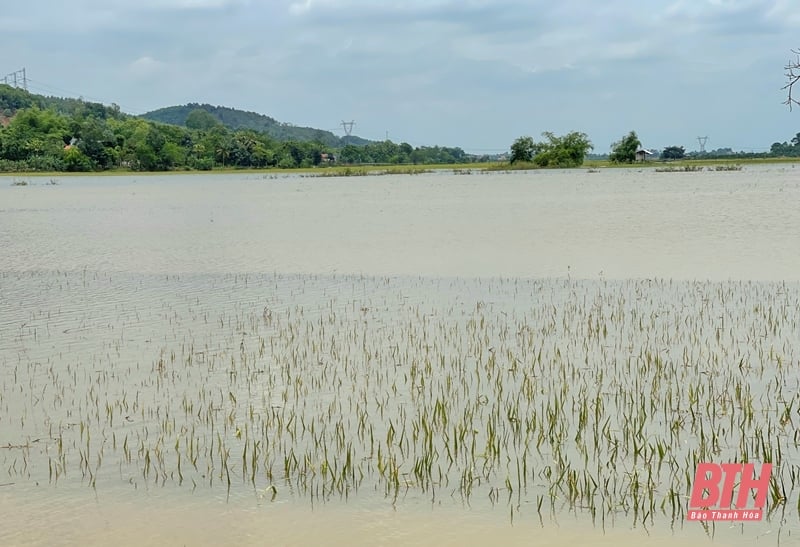
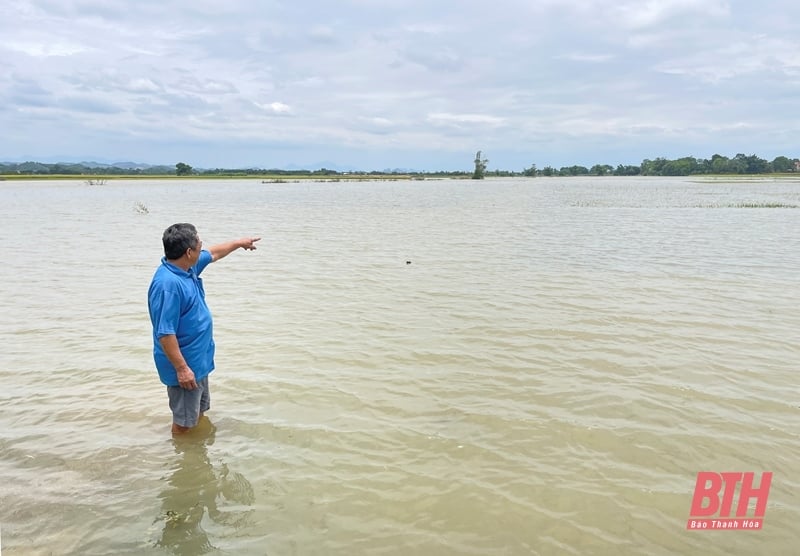
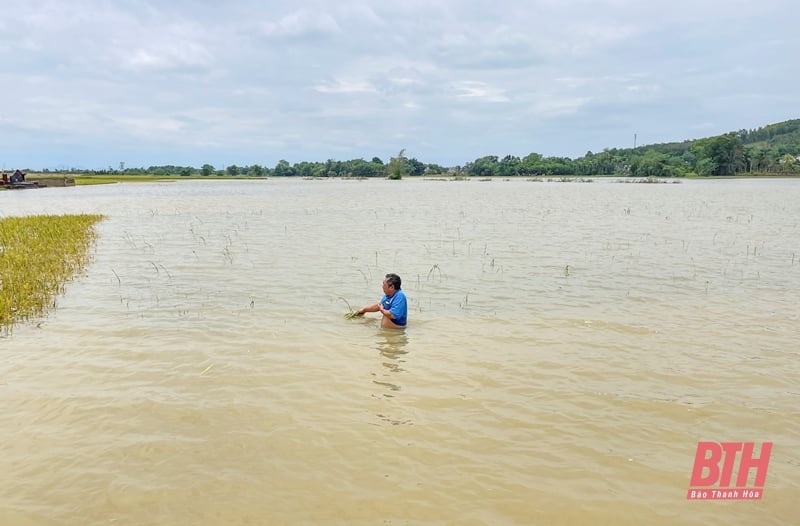
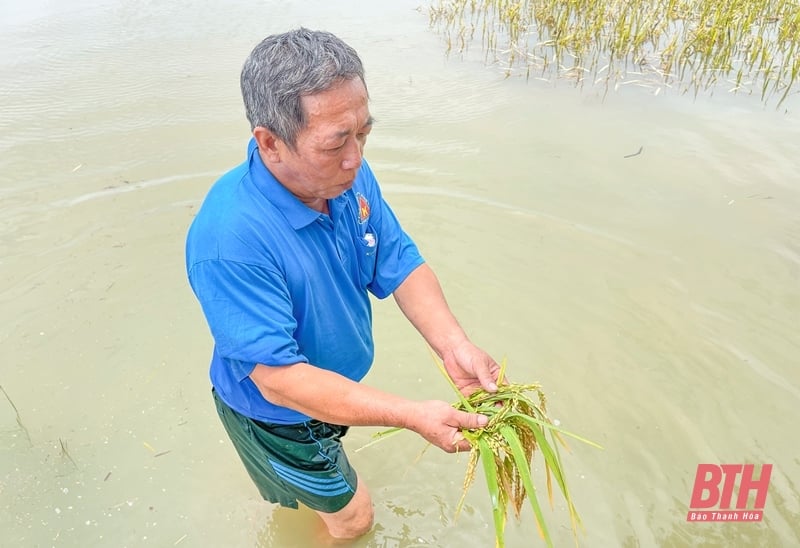
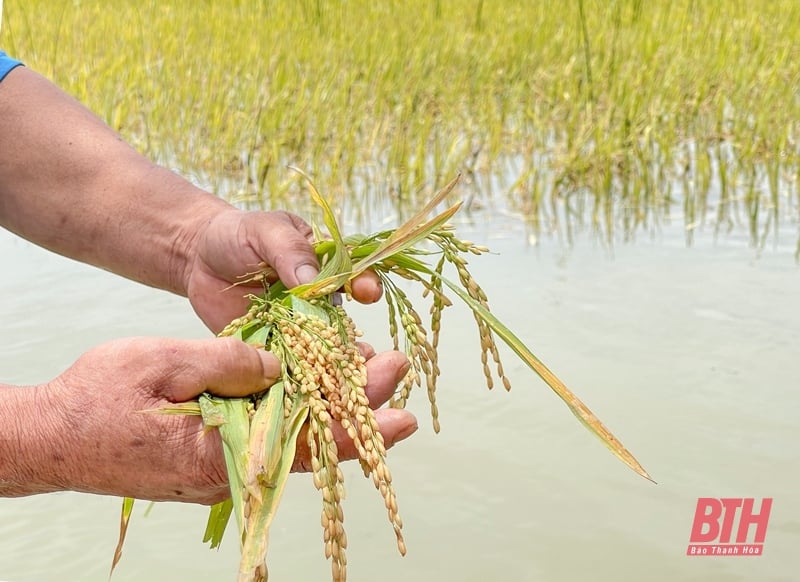
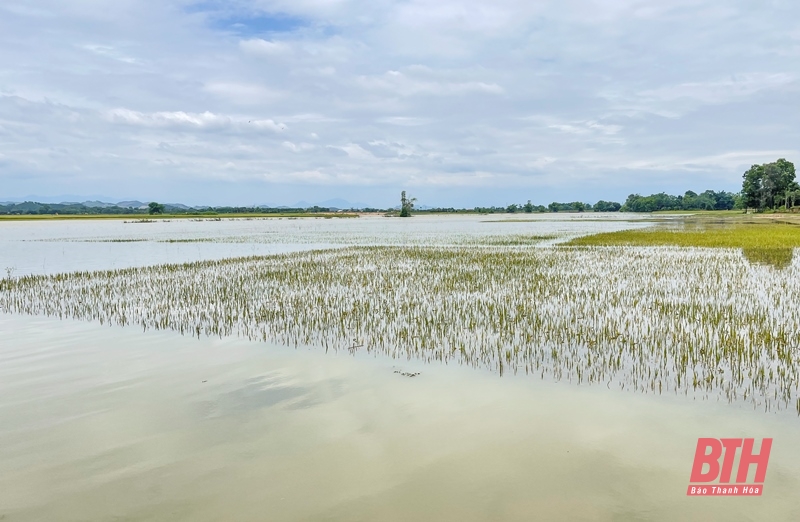


![[Photo] Fireworks light up the sky of Ho Chi Minh City 50 years after Liberation Day](https://vphoto.vietnam.vn/thumb/1200x675/vietnam/resource/IMAGE/2025/4/30/8efd6e5cb4e147b4897305b65eb00c6f)


![[Photo] Feast your eyes on images of parades and marching groups seen from above](https://vphoto.vietnam.vn/thumb/1200x675/vietnam/resource/IMAGE/2025/4/30/3525302266124e69819126aa93c41092)



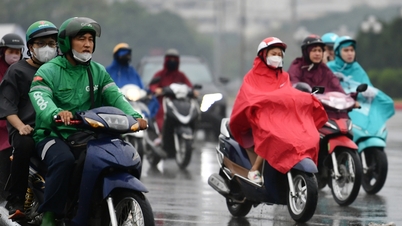



















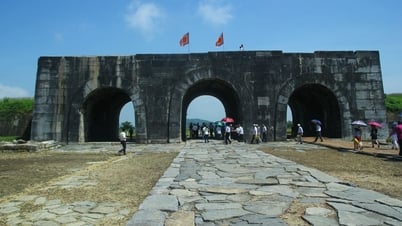



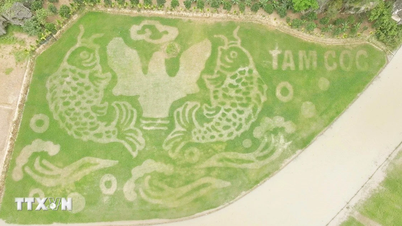






























































Comment (0)